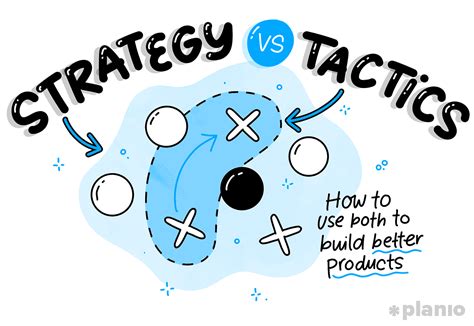In the intricate dance of relationships, communication is often lauded as the cornerstone. Yet, beyond merely speaking, the art of active listening stands out as a powerful, often underestimated, tool for men to deepen their connections and strengthen partner bonds. It’s not just about hearing words; it’s about truly understanding, empathizing, and validating your partner’s experience.
Why Active Listening Matters for Men
For many men, the instinct can be to problem-solve or offer solutions when a partner shares a concern. While well-intentioned, this often bypasses the deeper need for emotional connection and understanding. Active listening shifts the focus from fixing to connecting, creating a safe space for your partner to feel heard and valued. This fundamental shift can transform interactions, reduce misunderstandings, and foster genuine intimacy.

Core Principles of Active Listening
Before diving into specific tactics, it’s crucial to grasp the essence of active listening. It involves: giving full attention, both verbally and non-verbally; reflecting understanding, not just hearing; and suspending judgment to truly absorb your partner’s perspective. It’s a conscious effort to move beyond your own thoughts and step into their shoes.
Tactic 1: Eliminate Distractions & Be Present
In our hyper-connected world, distractions are rampant. When your partner is speaking, put away your phone, turn off the TV, and make eye contact. Give them your undivided attention. Acknowledge their presence with your body language – turn towards them, nod occasionally. This signals that they are your priority in that moment and that what they have to say matters.

Tactic 2: Listen to Understand, Not to Respond
One of the biggest pitfalls is listening with the primary goal of formulating your rebuttal or next statement. Instead, shift your mindset to genuinely understand what your partner is communicating, both verbally and emotionally. Focus on their feelings, needs, and underlying message, not just the surface-level words. Resist the urge to interrupt or prepare your defense.
Tactic 3: Reflect and Paraphrase
Once your partner has finished speaking, a powerful tactic is to reflect or paraphrase what you’ve heard in your own words. Phrases like, “So, what I hear you saying is…” or “It sounds like you’re feeling…” demonstrate that you’ve processed their message. This not only confirms your understanding but also gives your partner an opportunity to correct any misinterpretations, ensuring you’re both on the same page.

Tactic 4: Validate Their Emotions
Validation doesn’t mean agreeing with everything your partner says or believes; it means acknowledging and respecting their feelings. You can say, “I can see why that would make you feel frustrated,” or “It makes sense that you’d be upset about that.” Even if you don’t fully understand the situation, acknowledging their emotional experience is incredibly powerful for building trust and connection.
Tactic 5: Ask Clarifying Questions
Instead of making assumptions, ask open-ended questions to gain a deeper understanding. “Could you tell me more about that?” or “What does that feel like for you?” These questions invite your partner to elaborate and share more, showing your genuine interest and desire to comprehend their perspective fully. Avoid leading questions or questions that imply judgment.

Tactic 6: Observe Non-Verbal Cues
Communication isn’t just words; it’s also body language, tone of voice, and facial expressions. Pay attention to these non-verbal signals. They often reveal as much, if not more, about your partner’s true feelings. A furrowed brow, crossed arms, or a sigh can provide crucial context that mere words might miss. Address these cues gently if you notice a disconnect: “You seem a little quiet; is everything okay?”

The Profound Impact on Partner Bonds
Mastering active listening skills is a journey, not a destination. Consistent application of these tactics will lead to more meaningful conversations, fewer misunderstandings, and a profound increase in emotional intimacy. When a man actively listens, he communicates respect, care, and a deep commitment to his partner’s well-being and shared connection. This investment of time and attention is priceless, forging stronger, more resilient bonds that can weather any storm.
Conclusion
Improving active listening is perhaps one of the most impactful relationship skills a man can cultivate. It moves beyond superficial interactions to foster a genuine, empathetic connection, ensuring both partners feel truly seen and understood. By committing to these tactics, men can not only transform their communication but also significantly strengthen the very foundation of their most cherished relationships, leading to greater happiness and fulfillment for everyone involved.




